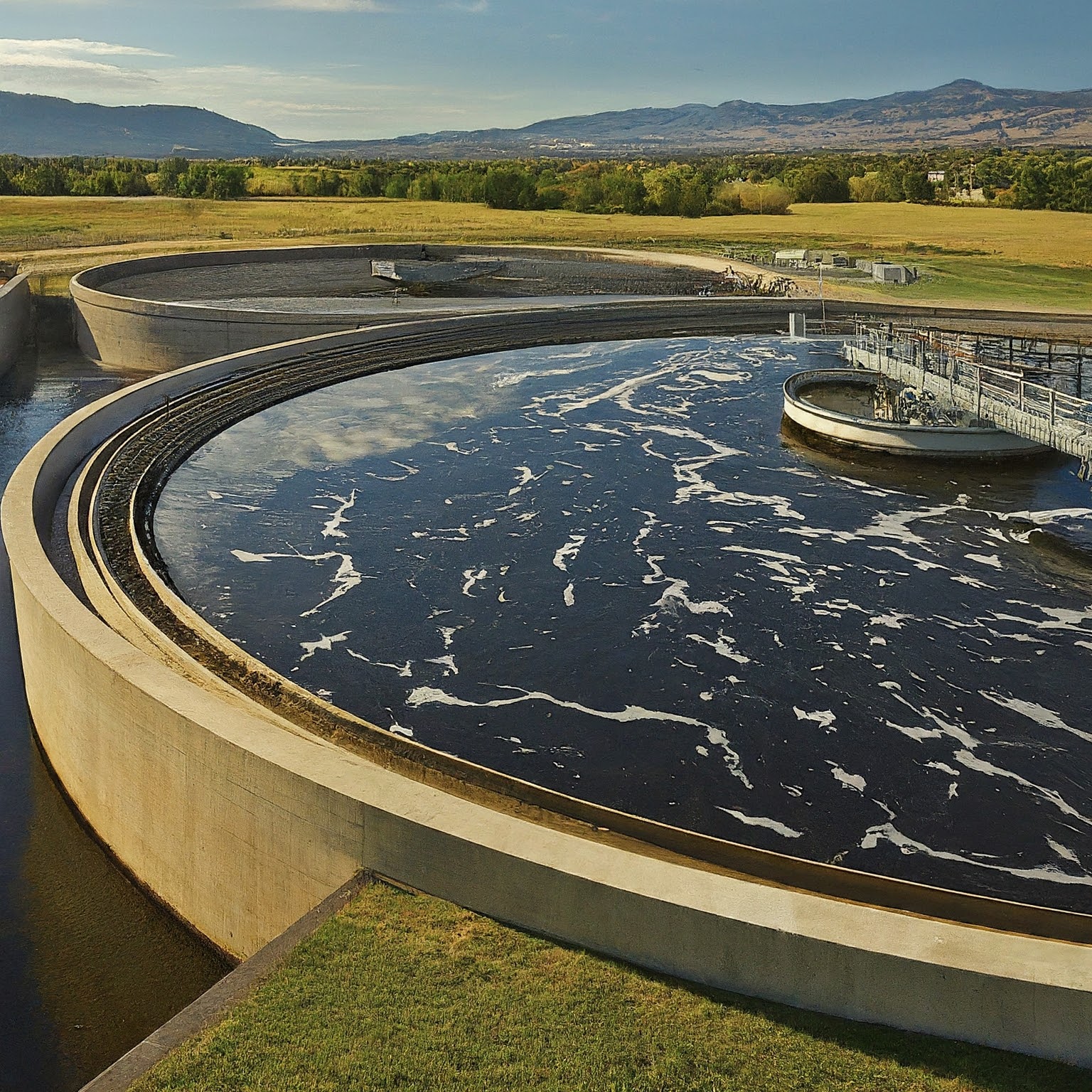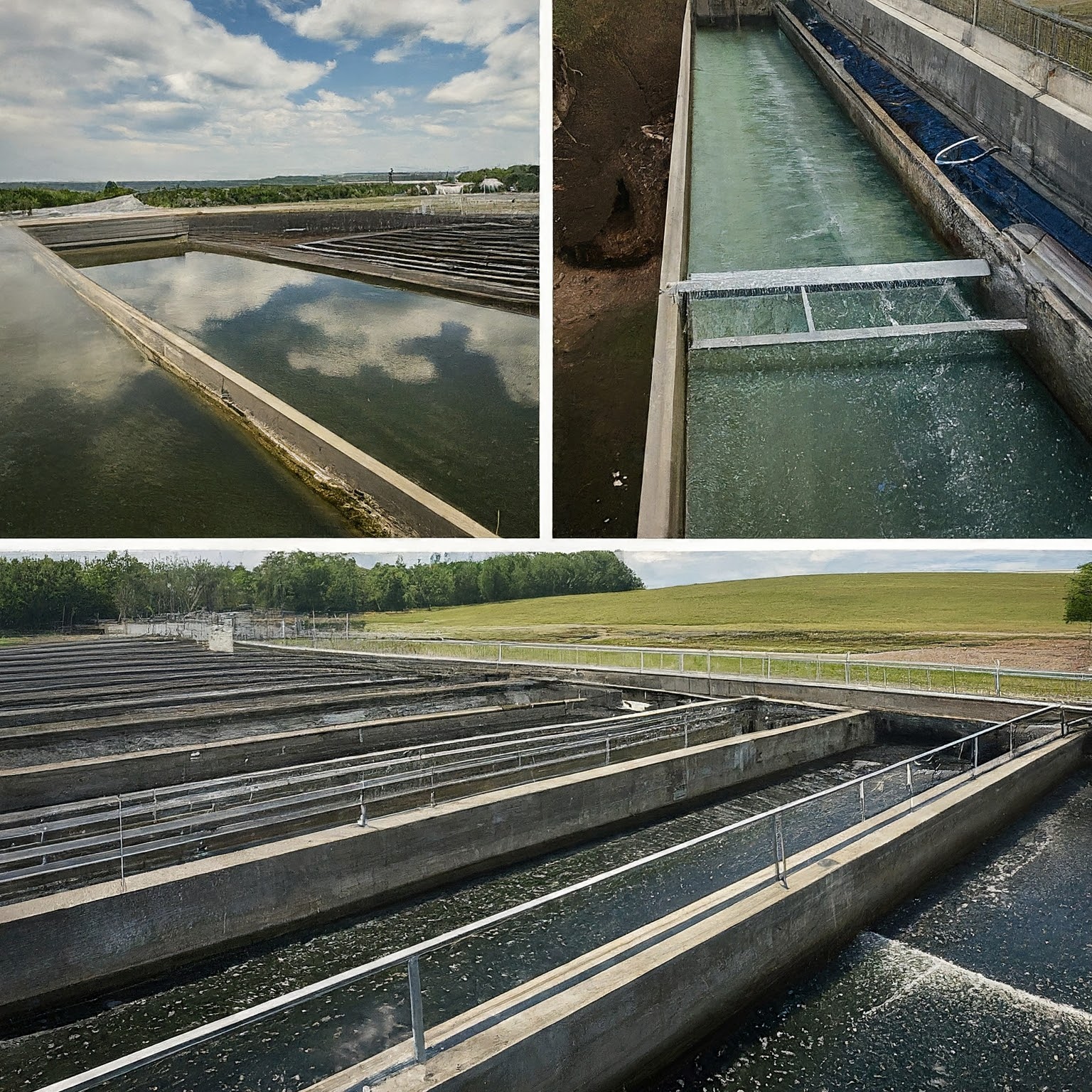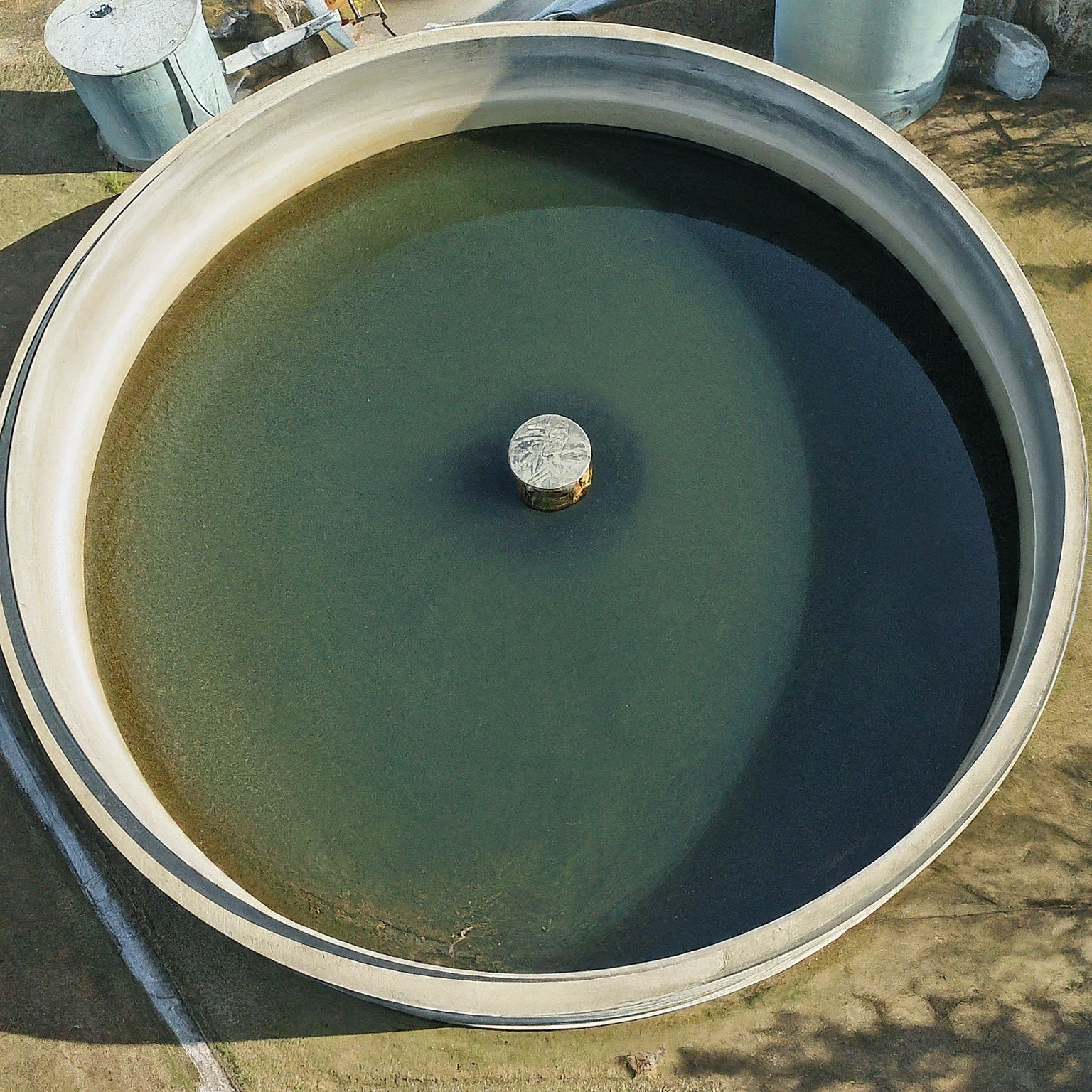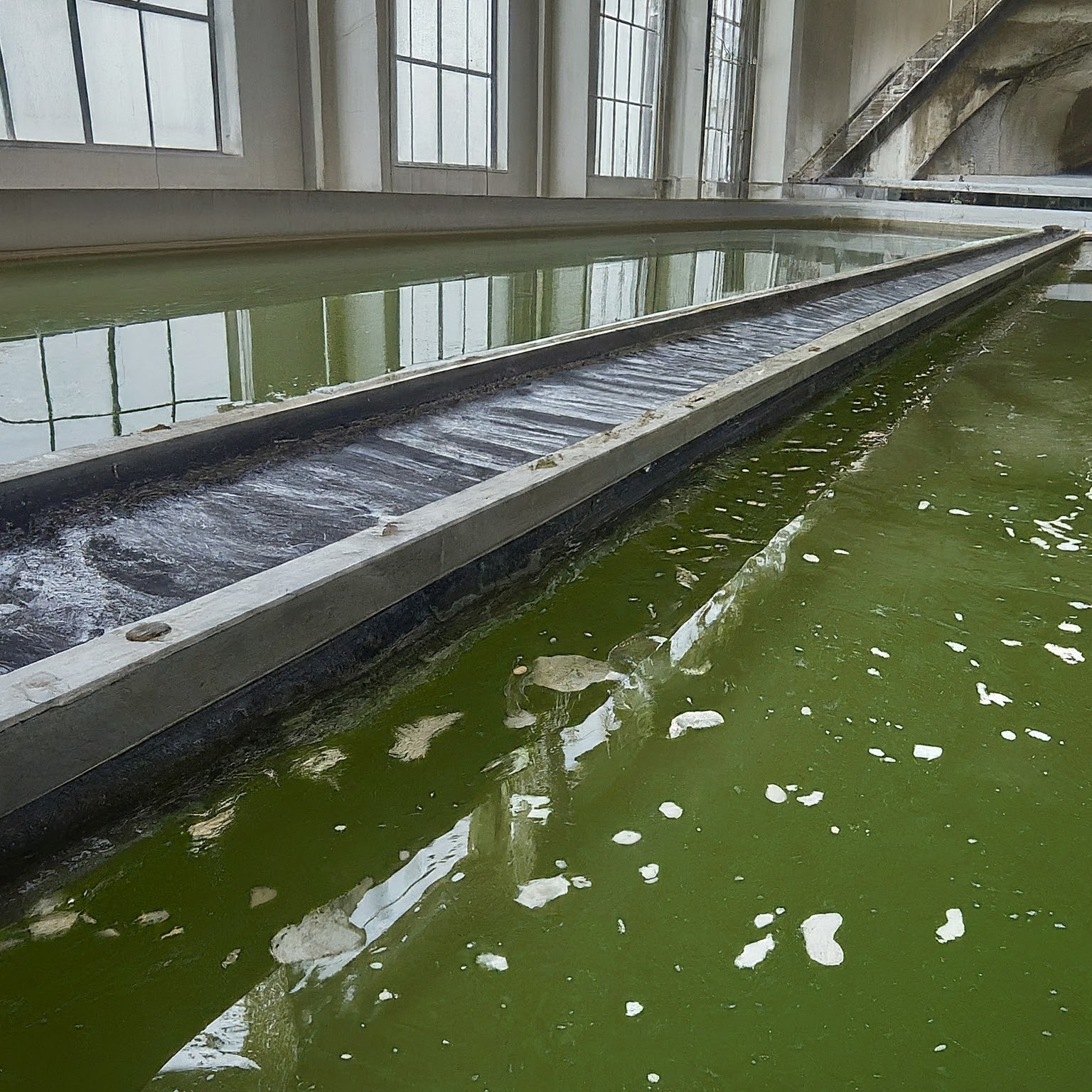
Wastewater treatment stands as a cornerstone of modern civilization’s efforts to maintain environmental sustainability and public health.
Every day, billions of gallons of wastewater are generated from various sources, including households, industries, and agricultural activities.
Without proper treatment, this wastewater poses a significant threat to the environment, ecosystems, and human health.
At its core, wastewater treatment is about safeguarding our precious water resources. Water is essential for life, supporting ecosystems, agriculture, industry, and human consumption.
However, when contaminated with pollutants from human activities, water can become a carrier of disease and a threat to biodiversity.
Wastewater treatment ensures that this vital resource is cleaned and recycled, reducing pollution and protecting both human and environmental health.
Moreover, wastewater treatment plays a critical role in maintaining the delicate balance of ecosystems.
Untreated wastewater can introduce excess nutrients like nitrogen and phosphorus into water bodies, leading to harmful algal blooms, oxygen depletion, and the decline of aquatic species.
By removing pollutants and restoring water quality, treatment plants help preserve the integrity and resilience of ecosystems, supporting biodiversity and ecological sustainability.
In today’s rapidly changing world, the importance of wastewater treatment is more pronounced than ever.
Population growth, urbanization, and industrialization are placing unprecedented pressures on water resources, exacerbating pollution and water scarcity issues.
Climate change further compounds these challenges, altering precipitation patterns, exacerbating droughts and floods, and increasing the frequency and intensity of extreme weather events.
In this context, wastewater treatment emerges as a critical tool for adapting to and mitigating the impacts of environmental change, enhancing water resilience, and promoting sustainable development.
What is Waste Water?
Wastewater, in its essence, refers to any water that has been used and discarded from various human activities, encompassing a diverse range of sources.
These sources include:
- domestic settings, where wastewater originates from everyday activities such as bathing, washing dishes, and flushing toilets.
- Industrial facilities also contribute significantly to wastewater production, with processes like manufacturing, mining, and power generation generating substantial volumes of contaminated water.
- Moreover, agricultural practices, including irrigation and livestock farming, contribute to the accumulation of wastewater laden with fertilizers, pesticides, and animal waste.
The quantity and composition of wastewater vary significantly depending on its source and the activities it originates from.
In urban areas, domestic wastewater typically constitutes a significant portion of the total volume, characterized by organic matter, detergents, and human waste.
In contrast, industrial wastewater may contain a wide array of pollutants, including heavy metals, chemicals, and toxins specific to the production processes involved.
Similarly, agricultural wastewater is often rich in nutrients like nitrogen and phosphorus from fertilizers, as well as pathogens from animal waste.
Wastewater Treatement Process
As wastewater journeys from its source to treatment plants, it undergoes a series of meticulous procedures designed to remove contaminants and restore its quality. We’ll take a comprehensive look at the wastewater treatment process, exploring each step from preliminary treatment to tertiary treatment and highlighting the innovative technologies driving efficiency and sustainability.
Preliminary Treatment
Before diving into the intricacies of wastewater treatment, the process begins with preliminary treatment aimed at removing large debris and heavy solids. This crucial step involves two primary methods:

Screening
Wastewater passes through screens that filter out large objects like sticks, plastics, and other debris, preventing them from causing damage to downstream equipment.
Grit Removal
After screening, wastewater undergoes grit removal, where sand, gravel, and other heavy particles are settled out, preventing abrasion and clogging in subsequent treatment stages.
Primary Treatment
Following preliminary treatment, wastewater enters the primary treatment phase, where the focus shifts to the removal of suspended solids and floating oils and grease. Key components of primary treatment include:

Sedimentation
Wastewater is held in large tanks, allowing suspended solids to settle at the bottom, forming sludge, while oils and grease rise to the surface, forming scum.

Skimming
Surface skimmers or mechanical devices remove the accumulated oils and grease from the water’s surface, ensuring cleaner effluent for further treatment.
Secondary Treatment
With primary treatment complete, wastewater undergoes secondary treatment, where organic matter is broken down by microorganisms in a biological process. Secondary treatment encompasses several crucial steps:
Biological Treatment
Microorganisms, such as those in the activated sludge process or trickling filters, metabolize organic pollutants, converting them into harmless byproducts like carbon dioxide and water.
Aeration
To support microbial activity, wastewater is aerated, providing oxygen to the microorganisms responsible for breaking down organic matter.
Filtration
Remaining suspended solids are further removed through filtration processes, ensuring the water is clear and free of visible impurities.
Tertiary Treatment
As wastewater nears the final stages of treatment, tertiary treatment focuses on polishing the effluent to meet stringent quality standards. This stage involves:
Advanced Filtration
Specialized filtration techniques, such as membrane filtration, remove remaining fine particles and contaminants, including nutrients like nitrogen and phosphorus.
Disinfection
To ensure the elimination of harmful pathogens, the treated water undergoes disinfection using methods such as chlorination or ultraviolet (UV) treatment, making it safe for discharge or reuse.
Emerging Technologies in Wastewater Treatment
The landscape of wastewater treatment is continually evolving, with emerging technologies offering new possibilities for more efficient and effective treatment processes. These technologies include:
Membrane Bioreactors (MBRs)
MBR systems combine biological treatment with membrane filtration, producing high-quality effluent in a compact footprint.
Constructed Wetlands
Mimicking natural wetland ecosystems, constructed wetlands utilize plants and microorganisms to remove pollutants and improve water quality.
Advanced Oxidation Processes (AOPs)
AOPs employ powerful oxidizing agents, such as ozone or hydrogen peroxide, to degrade persistent organic pollutants in wastewater.
Energy-Efficient and Sustainable Methods in Wastewater treatment
In addition to improving treatment efficiency, a focus on energy efficiency and sustainability is driving the development of innovative wastewater treatment methods. These methods aim to minimize energy consumption and environmental impact while maximizing resource recovery. Key approaches include:
Anaerobic Digestion
Anaerobic digestion harnesses bacteria to break down organic matter in wastewater, producing biogas (methane) that can be used for energy generation.
Low-Energy Treatment Systems
Low-energy treatment systems, such as sequencing batch reactors (SBRs) and rotating biological contactors (RBCs), reduce energy consumption without compromising treatment effectiveness.
Green Infrastructure
Incorporating green infrastructure elements, such as rain gardens and permeable pavement, into wastewater treatment systems can reduce runoff, improve water quality, and enhance urban aesthetics.